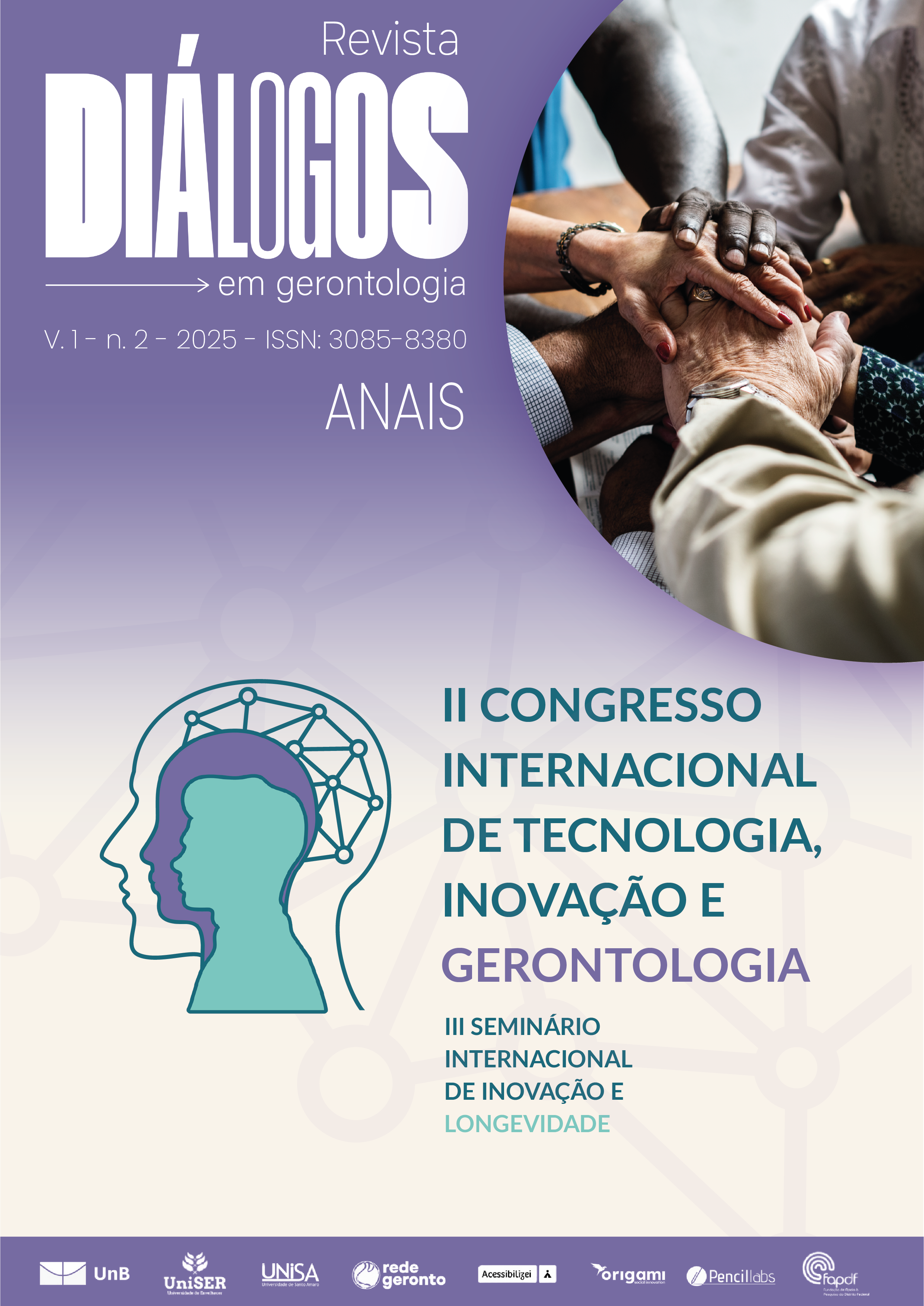INTENSIVE REHABILITATION IN PEOPLE WITH SEVERE ORTHOPEDIC TRAUMA: A SYSTEMATIC REVIEW
Abstract
Background: Severe orthopedic trauma often leads to substantial functional limitations, compromising mobility, autonomy, and quality of life for those affected. Conventional rehabilitation approaches frequently fail to meet the complex needs of these individuals, especially when recovery requires high-intensity and coordinated efforts. In this context, intensive and multidisciplinary rehabilitation emerges as a promising strategy to restore function and promote reintegration into daily life. Purpose: This review explores the efficacy of intensive rehabilitation for people recovering from severe orthopedic trauma. The study also identifies key components and best practices associated with improved functional outcomes and reduced recovery times, contributing to a more effective and person-centered rehabilitation process. Methods: A systematic review was conducted using electronic databases such as the Cochrane Library, Embase, and PEDro. Search terms included “orthopedic trauma,” “intensive rehabilitation,” “functional recovery,” and “multidisciplinary approach.” Studies were included if they were randomized controlled trials, cohort studies, or systematic reviews evaluating intensive rehabilitation programs for adults who experienced severe orthopedic trauma. Exclusion criteria included case reports, animal studies, and research not directly focused on intensive rehabilitation. Extracted data included functional outcomes, duration of recovery, and adverse events. Methodological quality was assessed using validated tools appropriate to each study type. Results: The review showed that intensive rehabilitation, particularly in inpatient settings, significantly improves functional independence, shortens recovery time, and enhances both objective and subjective health outcomes. Successful programs generally featured early intervention, multidisciplinary teams involving physiotherapists, occupational therapists, and psychologists, individualized therapeutic exercise, pain control, and training in self-care and activities of daily living. These components were critical in helping individuals regain autonomy and reduce long-term disability. Conclusion: Intensive rehabilitation is a key factor in the recovery of people with severe orthopedic trauma. It contributes not only to physical restoration but also to improved emotional well-being and social reintegration. Future studies should investigate long-term functional outcomes, the cost-effectiveness of different models, and the development of personalized rehabilitation protocols that consider individual goals and social contexts. Implications: Within the framework of longevity and innovation, the availability of structured and high-quality intensive rehabilitation services is essential. Emerging technologies such as robotics, virtual reality, and tele-rehabilitation show great promise in complementing traditional approaches and expanding access to care. Public policies should prioritize investments in specialized centers, professional training, and integrated care pathways that foster interdisciplinary collaboration. These actions are fundamental to promoting functional independence, reducing healthcare burdens, and improving the life trajectory of individuals recovering from orthopedic trauma.
Dowloads
Pubblicato
Fascicolo
Sezione
Licenza
Copyright (c) 2025 Revista Diálogos em Gerontologia

Questo volume è pubblicato con la licenza Creative Commons Attribuzione - Non commerciale 4.0 Internazionale.
A Revista oferece acesso livre e imediato ao seu conteúdo, em consonância com o princípio de que tornar o conhecimento científico amplamente disponível contribui para a democratização do saber. Os(as) autores(as), ao submeterem seus trabalhos, declaram-se detentores(as) dos direitos autorais e autorizam seu uso livre, desde que sem fins comerciais, com obrigatoriedade de atribuição de crédito apropriado à autoria original. Os conteúdos podem ser lidos, baixados, copiados, distribuídos e impressos, conforme os termos da licença Creative Commons Atribuição-NãoComercial 4.0 Internacional (CC BY-NC 4.0).




